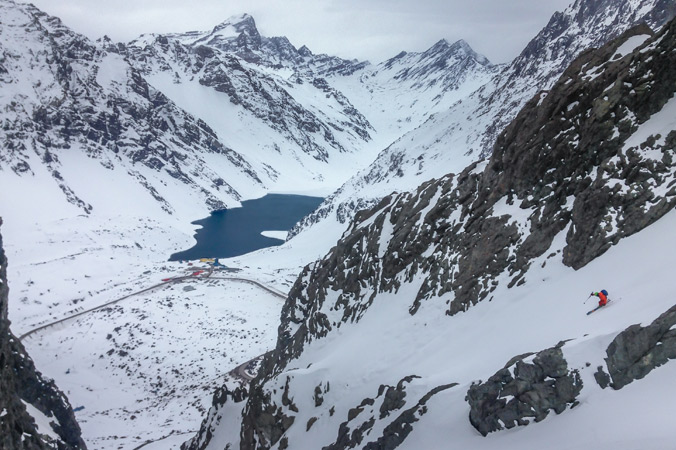
Curtis Berklund nabs a 4,000-foot couloir across the street from Portillo, Chile. [Photo] Jacob O’Connor
Our South American ski journey started two weeks earlier in Santiago, just a two and a half hour drive from that hot tub in Portillo. Our three-person crew departed from Colorado and Vermont, exchanging vanishing summer nights and autumn days for a taste of winter and spring in the Andes.
![Berklund and Johnson tip-toe towards the active crater of Villa Rica, south of Santiago. [Photo] Jacob O'Connor](http://backcountrymagazine.com/wp-content/uploads/2016/10/Jake_emebed_3.jpg)
Curtis Berklund and Austin Johnson tip-toe toward the active crater of the volcano Villarrica, south of Santiago. [Photo] Jacob O’Connor
As we left the city and began switchbacking up the road to Farellones and the Tres Valles region, which includes La Parva, El Colorado and Valle Nevado resorts, we quickly gained nearly 7,000 feet of elevation. The landscape grew barren over the dizzying approach; conifer trees gave way to El Quisco cacti, 15-foot behemoths that exemplify the thirsty ecosystem.
It turns out, we weren’t the only ones taking advantage of the quick escape into the mountains. The Tres Valles region’s proximity to Santiago has served as an integral part to the development of the snow sports industry in Chile, notes Donny Roth, owner and guide at the human-powdered Chile Powder Adventures, which operates throughout the country. “Those resorts, particularly Farellones, are a very important piece to Chilean ski culture,” he says. “That’s where Chileans learn how to ski.”
![The team enjoys an evening in the Valle Nevado backcountry. [Photo] Jacob O'Connor](http://backcountrymagazine.com/wp-content/uploads/2016/10/Jake_emebed_4.jpg)
The team enjoys an evening in the Valle Nevado backcountry. [Photo] Jacob O’Connor
But as resort and backcountry skiing become ingrained into Chilean culture, impacts of climate change are starting to become apparent. Roth has been skiing and working in the region since 2004 and has noticed significant changes in weather patterns. During his 2005 winter season, 14 meters of snow fell on the slopes of Portillo, yet only five meters fell in 2015. The record for Portillo, Roth estimates, is around 21 meters.
This drop in snowfall is largely attributed to the chronic drought that has affected Chile for the last several years. In the spring of 2015, El Niño brought much needed rain and snow to farmers and ski resorts across the country, but by the end of September, Santiago’s year-to-date precipitation still remained 40 percent below average.
And, according to recent findings in the Proceedings of the National Academy of Sciences (PNAS), these drought conditions will only get worse, affecting ski enthusiasts and farmers alike.
![Lucy Higgins, Curtis Berklund and Austin Johnson shoulder thier skis for the wind buffeted scree fields on the way to La Chiminea Couloir in TK. [Photo] Jacob O'Connor](http://backcountrymagazine.com/wp-content/uploads/2016/10/Jake_emebed_5.jpg)
Lucy Higgins, Berklund and Johnson shoulder their skis for the wind buffeted scree fields on the way to La Chiminea Couloir outside of La Parva Resort. [Photo] Jacob O’Connor
While there are certainly some disturbing trends in the climate, the EPA suggests there is always uncertainty and variability with a warming climate. Even with hotter and drier conditions, there will most certainly still be good snow years, even if they become less frequent.
As for Sponar, he’s staying positive and has big plans for the future of Ski Arpa. Construction of a 20-person lodge is to be completed in the next two-to-three years, and he hopes to add heli-skiing as an option for Arpa clients. “I guess I’m an optimist. I want to keep going with Arpa as long as I can,” he admits.
![Austin Johnson heads for the summit of Volcano Puyeuhue in Southern Chile. [Photo] Jacob O'Connor](http://backcountrymagazine.com/wp-content/uploads/2016/10/Jake_emebed_6.jpg)
Johnson heads for the summit of Volcano Puyehue in Southern Chile. [Photo] Jacob O’Connor
Leaving the Portillo hot tub, my new Chilean friend’s story resonates in my head. We pack the van and head out to Las Leñas, where we would finally encounter our deepest days of the trip. Winter in the Cordillera de los Andes may be fading, but it isn’t over yet.


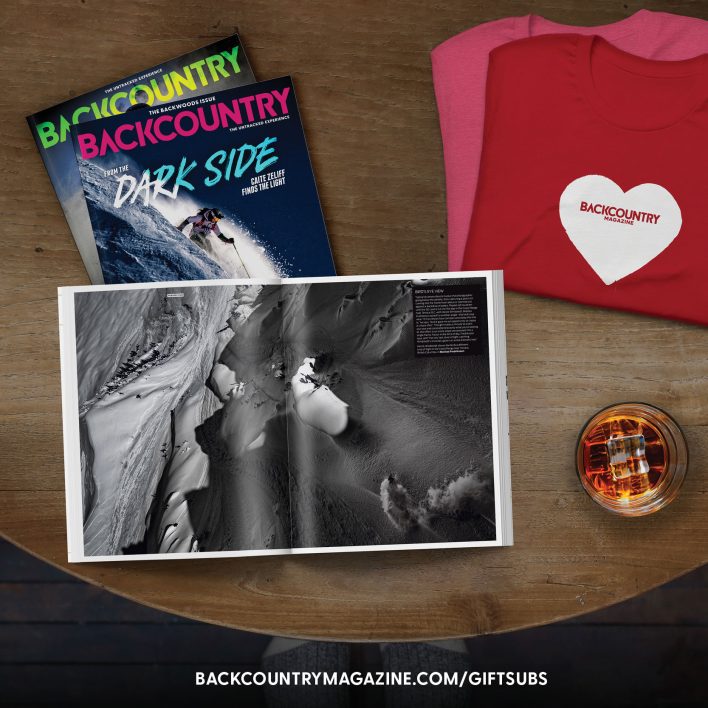
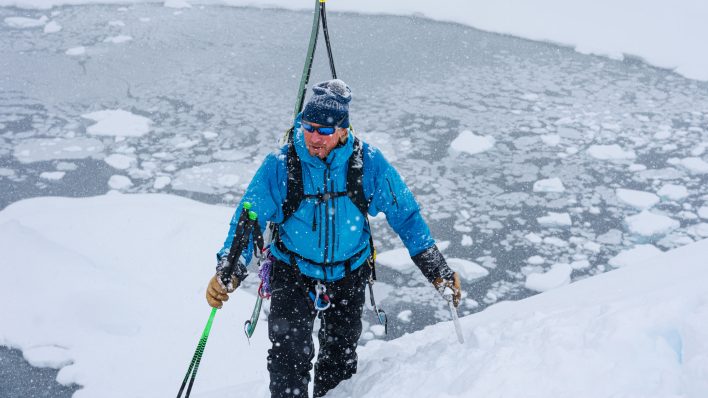
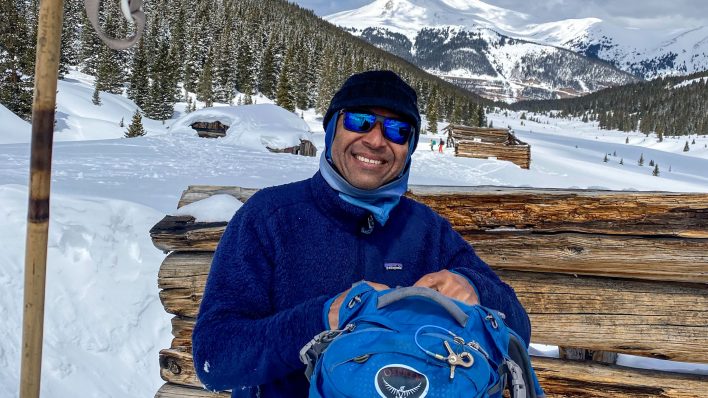
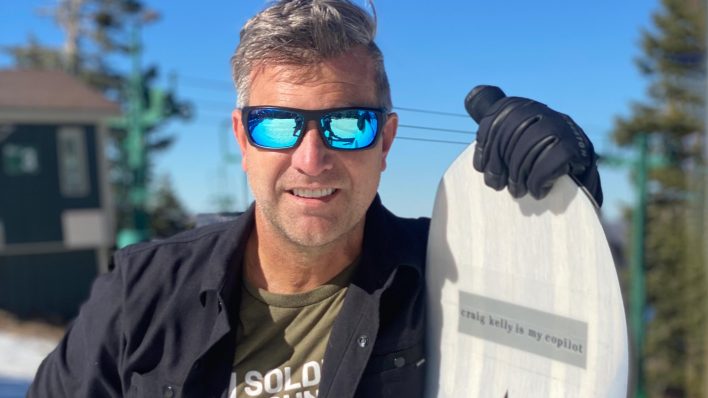

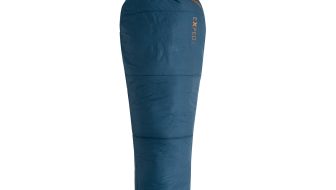
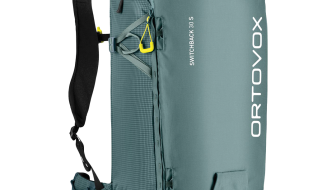

Hmmm
Worried about climate change and lack of snow. I know ! I’ll offer heli skiing . Really ????
I just don’t get it. If we are truly concerned about climate change and that our kids can enjoy the powder too then surely it’s time to make some simple sacrifices . Flying would be a great start !
Nice article Jacob. Great to see CPA, Arpa and the Sponar’s getting some press. It’s a great destination in the high Andes.
Just wanted to point out in your second photo, Volcano Villarrica is misspelled. Hope to see you in The Andes this summer!